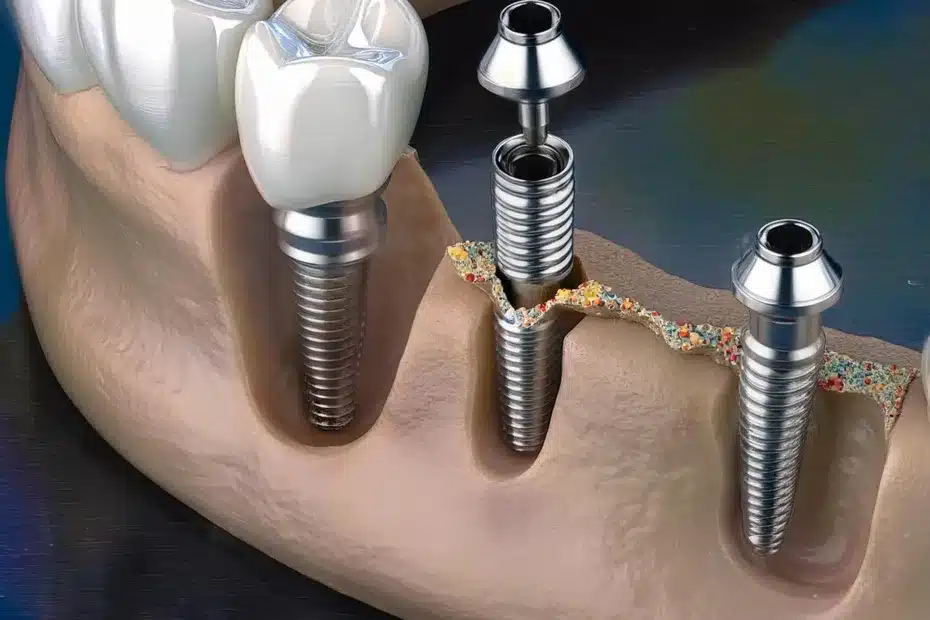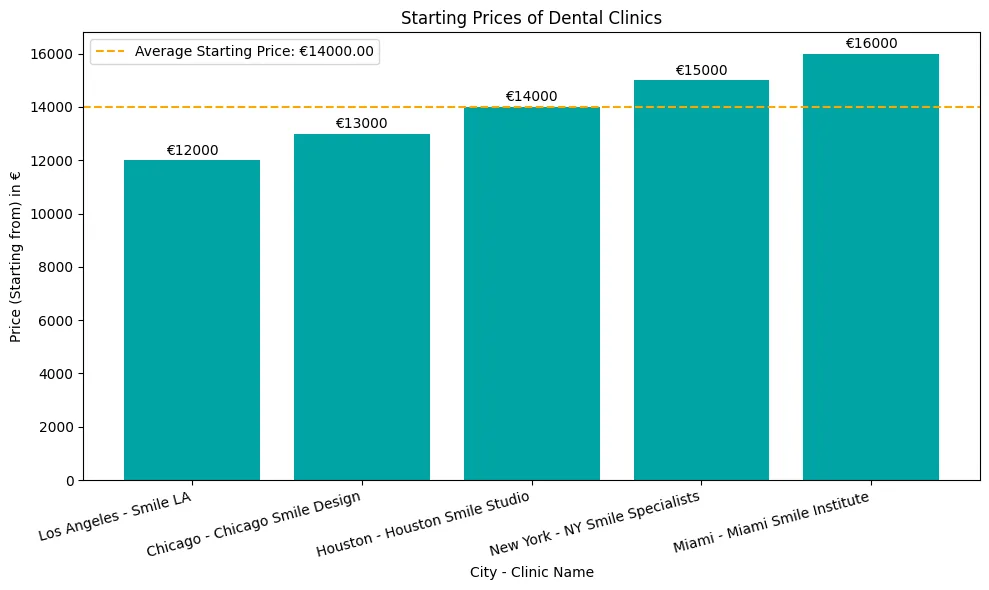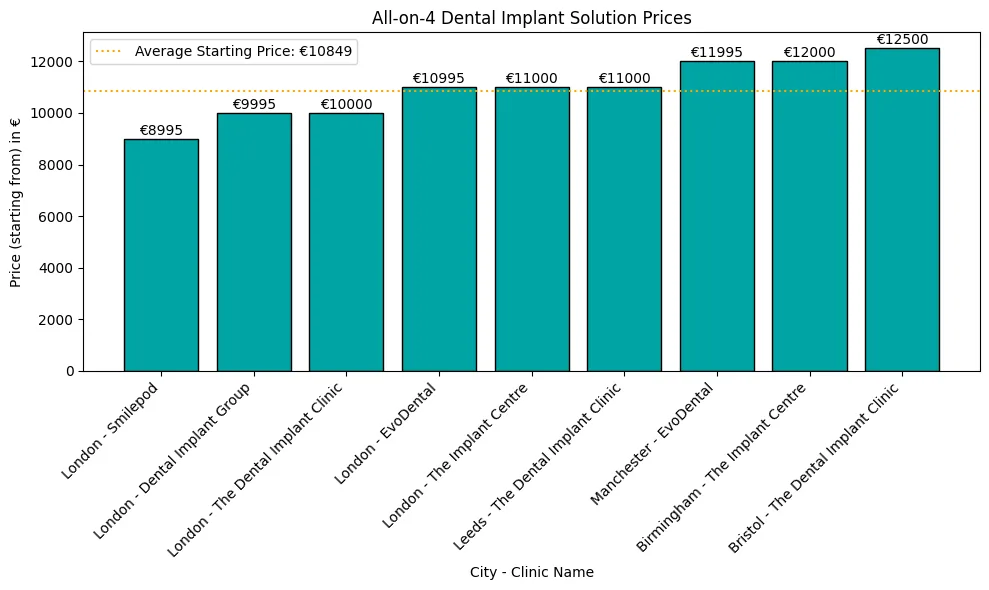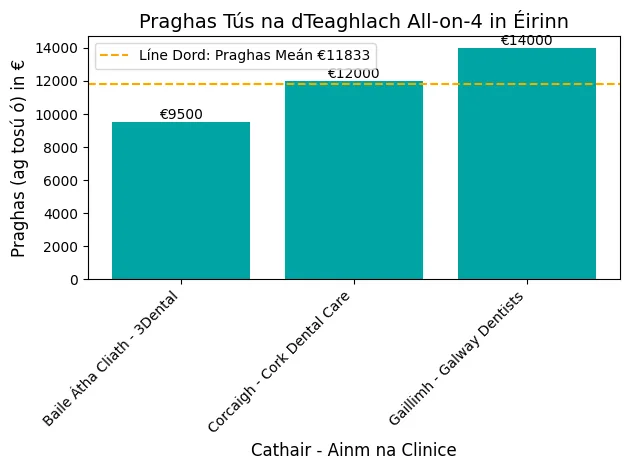Rritja e kreshtës është një domosdoshmëri implantet dentare me humbje kockore, veçanërisht nëse jeni të shqetësuar për jetëgjatësinë dhe qëndrueshmërinë e implanteve tuaja për shkak të çështjeve të densitetit të kockave.
Nëse doni të dini si ta bëni tuajin implantet dentare që të zgjasë një jetë të tërë, duhet ta kuptoni shtimin e kreshtës.
Çfarë është Ridge Augmentation?
Rritja e kreshtës është një procedurë kirurgjikale që rindërton kreshtën alveolare të nofullës pas humbjes ose nxjerrjes së dhëmbit. Ai përfshin vendosjen e materialit të transplantit kockor për të rritur volumin e kockave, duke siguruar një bazë të qëndrueshme për implantet dentare. Graftet autogjene të kockave konsiderohen standardi i artë për shkak të biokompatibilitetit dhe vetive rigjeneruese të tyre, me një periudhë tipike shërimi prej 4-6 muajsh.
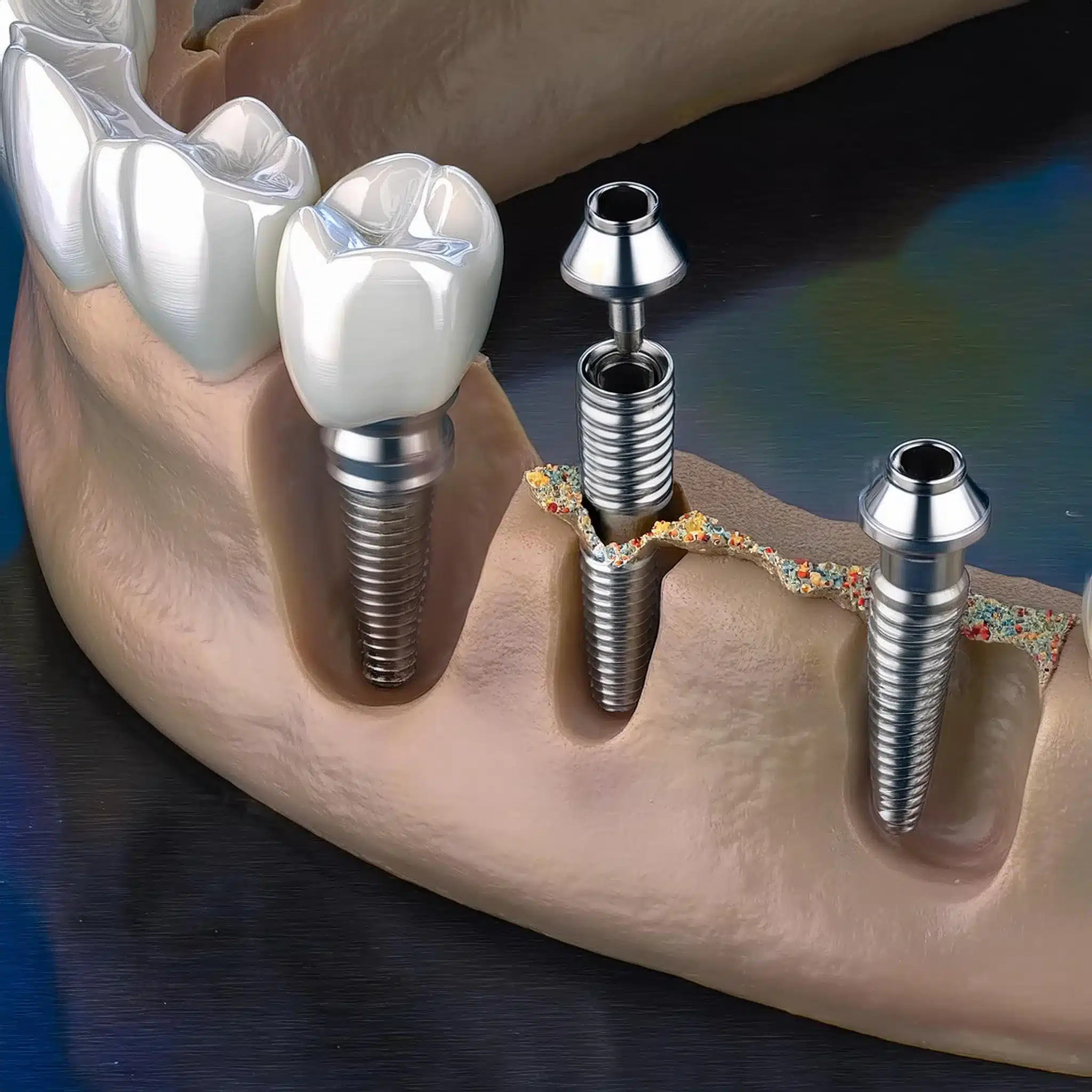
Pse është i nevojshëm Rritja e Ridge?
Rritja e kreshtës është e nevojshme për implantet dentare, veçanërisht nëse densiteti i kockave është i pamjaftueshëm.
Parandalon humbjen e kockave, e cila mund të ndodhë pas nxjerrjes së dhëmbit ose për shkak të sëmundjes periodontale.
Duke rivendosur kreshtën alveolare, ai siguron një bazë të qëndrueshme për implantet për sukses afatgjatë (1).
Procedura rrit osseointegrimin, procesi ku implanti integrohet me kockën e nofullës duke rritur volumin dhe densitetin e kockës (4).
Ky integrim është çelësi për krijimin e një lidhjeje të fortë midis implantit dhe kockës.
Kjo teknikë, shpesh përfshin shartimi i kockave, është thelbësore për sigurimin e suksesit afatgjatë të implantit duke rritur osteointegrimin dhe stabilitetin, veçanërisht në rastet kur ka ndodhur humbja e kockave
Gjithashtu, zmadhimi i kreshtës përmirëson estetikën dhe funksionin e restaurimeve dentare, gjë që është e rëndësishme për dhëmbët e përparmë ku pamja ka rëndësi (1).
Pacientët janë më të kënaqur me implantet me vonesë të menjëhershme për shkak të kohës më të shkurtër të trajtimit dhe estetikës më të mirë krahasuar me implantet e vonuara (1).
Rritja e përgjithshme e kreshtës është çelësi për përmbushjen e pritjeve të pacientit dhe cilësisë së jetës.
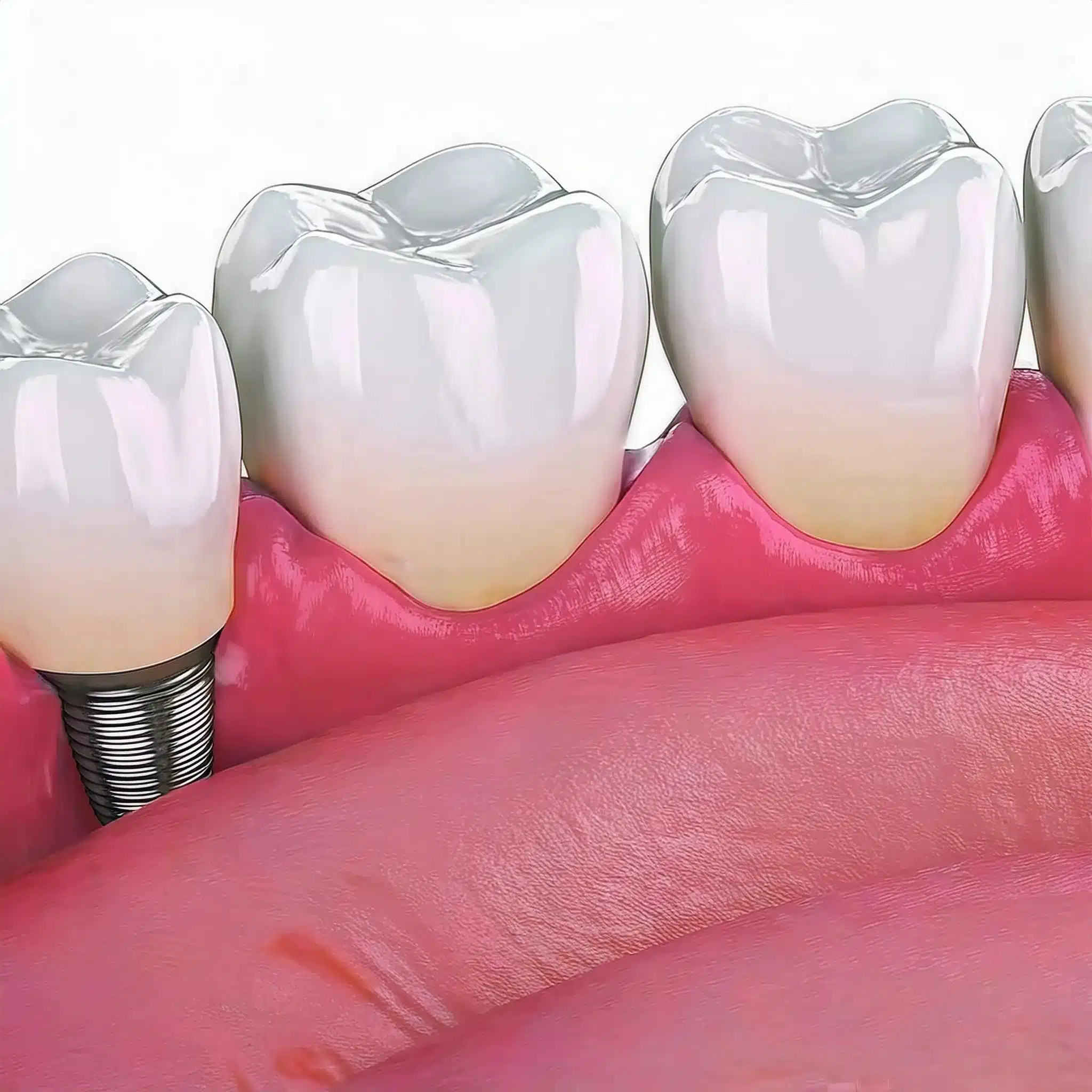
Teknikat për shtimin e kreshtës
Procedurat e rritjes së kreshtës horizontale
Rritja e kreshtës horizontale është një teknikë për të rritur gjerësinë e kreshtës alveolare, e cila është e nevojshme për implantet dentare.
Kjo mund të bëhet përmes:
Shartimi i kockave: Graftet autogjene të kockave janë standardi i artë për shkak të shkallës së tyre të lartë të suksesit në rigjenerimin e kockave (2).
Zgjerimi i kreshtës: Kjo përfshin zgjerimin e kreshtës për të akomoduar implantin, i cili mund të bëhet duke përdorur osteotome ose kirurgji piezoelektrike (3).
Osteogjeneza e shpërqendrimit: Kjo përfshin rritjen graduale të gjerësisë së kreshtës me kalimin e kohës, e cila mund të jetë efektive për mangësi të konsiderueshme të gjerësisë (2).
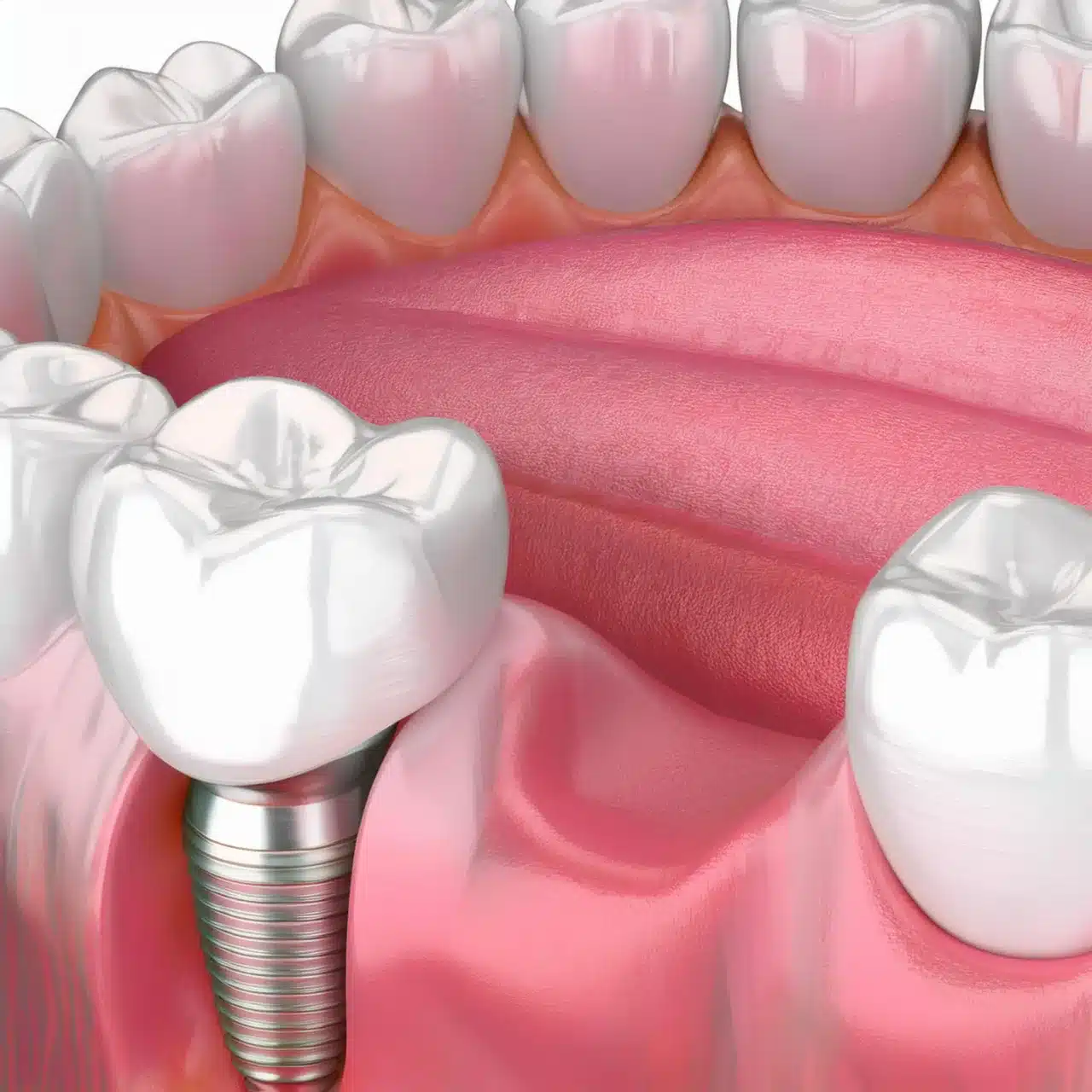
Procedurat e shtimit të kreshtës vertikale
Rritja vertikale e kreshtës është për të rritur lartësinë e kreshtës alveolare, e cila është e nevojshme për mbështetjen adekuate të kockave për implantet dentare.
Teknikat:
Shartimi onlay: Kjo përfshin vendosjen e një transplanti kockor në majë të kreshtës ekzistuese për të rritur lartësinë e saj. Përdoren autotransplantet dhe ksenografitë (3).
Shartimi ndërpozicional: Kjo përfshin vendosjen e një transplanti kockor midis segmenteve të kreshtës për të rritur lartësinë e saj. I dobishëm për shtimet e përparme të maksillës (2).
Rrjetë titani: Rrjeta e titanit me graftet kockore mund të sigurojë mbështetje strukturore dhe stabilitet për kreshtën e shtuar (3).
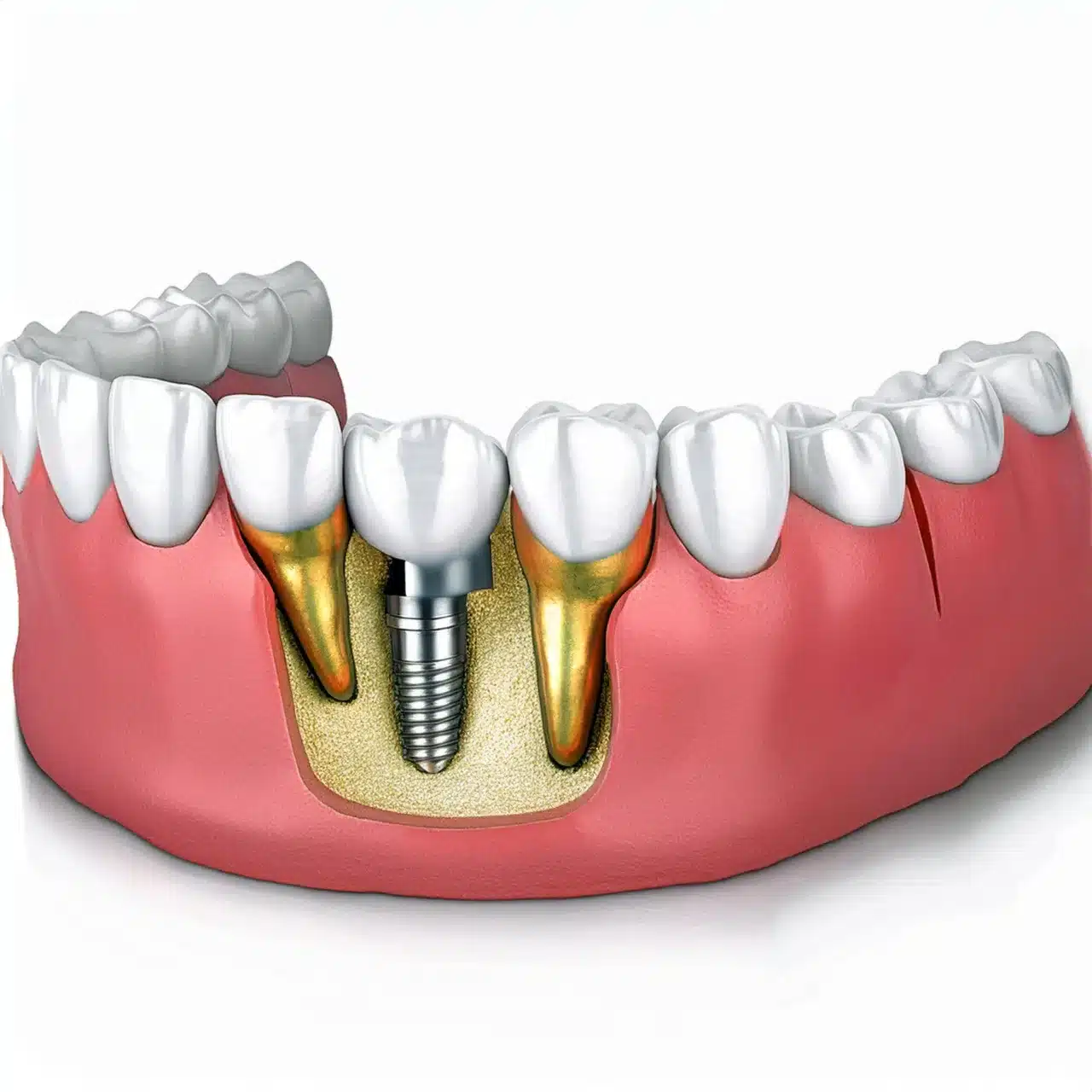
Materialet për shtimin e kreshtës
Graftet autogjene të kockave
Graftet autogjene të kockave janë standardi i artë për shtimin e kreshtës për shkak të shkallës së lartë të suksesit në rigjenerimin e kockave.
Këto grafte janë nga trupi i vetë pacientit, zakonisht nga mjekra, nofulla ose ijë dhe janë shumë biokompatibël dhe më pak të ngjarë të refuzohen (4).
Graftet autogjene të kockave kanë qeliza të gjalla që nxisin formimin e kockave të reja, përshpejtojnë shërimin dhe ofrojnë një bazë të qëndrueshme për implantet e ardhshme (4).
Zëvendësues të tjerë të kockave
Zëvendësues të tjerë të kockave, si graftet sintetike të kockave, ksenograftet dhe alograftet, përdoren gjithashtu në shtimin e kreshtës.
Graftet e kockave sintetike janë bërë nga materiale si titani dhe zirkonia, të cilat janë biokompatibile dhe mund të personalizohen për t'iu përshtatur vendit të defektit (2).
Ksenograftet dhe alograftet nga burime shtazore dhe njerëzore, përkatësisht, përdoren gjithashtu, por mbartin rrezik më të lartë të transmetimit dhe refuzimit të sëmundjes (3).
| Lloji i materialit | Burimi | Përfitimet | Rreziqet e mundshme |
|---|---|---|---|
| Graftet autogjene të kockave | Trupi i vetë pacientit | Biokompatibilitet i lartë, nxit rigjenerimin e kockave | Morbiditeti në vendin e dhurimit, disponueshmëria e kufizuar |
| Graftet sintetike të kockave | Materialet biokompatibile (p.sh., titani, zirkonia) | I personalizueshëm, pa rrezik transmetimi të sëmundjes | Vetitë biologjike të reduktuara |
| Ksenografitë | Burimet shtazore (p.sh. gjedhi) | Disponueshmëri e lartë, skelë efektive | Rreziku i transmetimit të sëmundjes, reagimi imunitar |
| Alotransplantet | Donatorët njerëzorë | Nuk ka sëmundje të vendit të donatorëve, furnizim i pakufizuar | Potenciali për refuzim imunitar |
Komplikimet e shtimit të kreshtës
Indikacionet për procedurën
Rritja e kreshtës indikohet për pacientët me densitet kockor të pamjaftueshëm, i cili mund të jetë për shkak të faktorëve të ndryshëm si nxjerrja e dhëmbëve, sëmundjet periodontale ose gjendjet kongjenitale.
Procedura është e dobishme për pacientët që kërkojnë implante dentare pasi siguron një bazë të qëndrueshme për implantimin dhe suksesin dhe estetikën afatgjatë (4).
Kujdesi pas operacionit
Kujdesi pas operacionit është çelësi i suksesit të procedurave të rritjes së kreshtës.
Kjo përfshin takime të rregullta përcjellëse për të monitoruar shërimin, për të menaxhuar dhimbjen dhe parehatinë dhe për të parandaluar komplikime të tilla si infeksioni dhe ekspozimi ndaj transplantit.
Një studim me kujtime mujore për 6 muaj tregoi rëndësinë e zbulimit dhe ndërhyrjes së hershme për të parandaluar komplikimet (5).
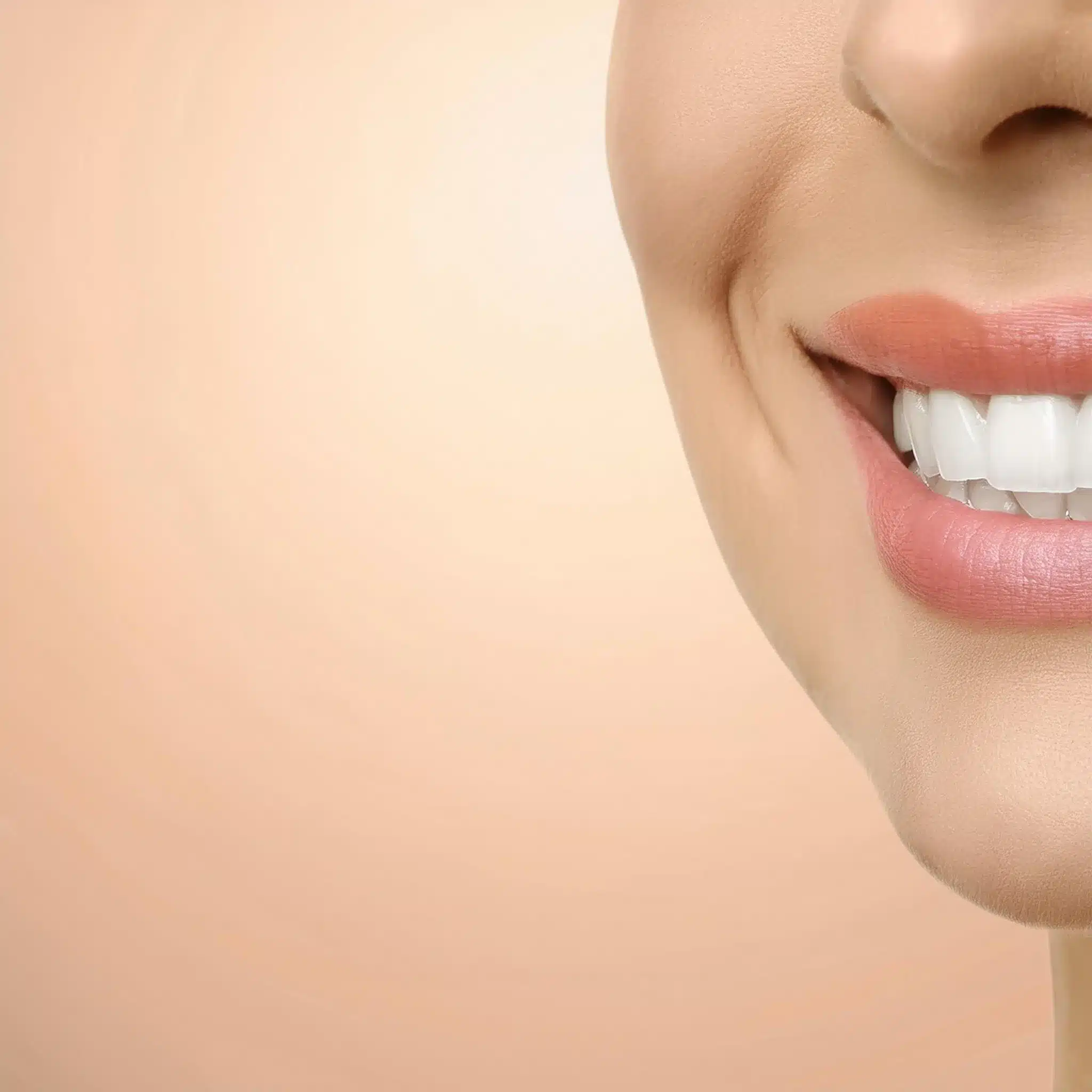
Përfundim & Çështje kryesore
Pikat kryesore:
Rritja e kreshtës është e rëndësishme për suksesin e implanteve dentare nëpërmjet osteointegrimit dhe stabilitetit.
Rritje horizontale dhe vertikale përdoren teknika për të rritur volumin dhe dendësinë e kockave.
Graftet autogjene të kockave dhe zëvendësuesit sintetikë janë materialet e zakonshme që përdoren në shtimin e kreshtës.
Kujdesi pas operacionit është çelësi për të parandaluar komplikimet dhe suksesin.
konkluzioni:
Zmadhimi i kreshtës është pjesë e implantologjisë dentare, duke trajtuar çështjen e densitetit të pamjaftueshëm të kockave për implantet.
Duke ditur rëndësinë, teknikat dhe materialet e shtimit të kreshtës, pacientët dhe ofruesit e kujdesit shëndetësor mund të kenë rezultate, estetikë dhe funksione të suksesshme të implantit.
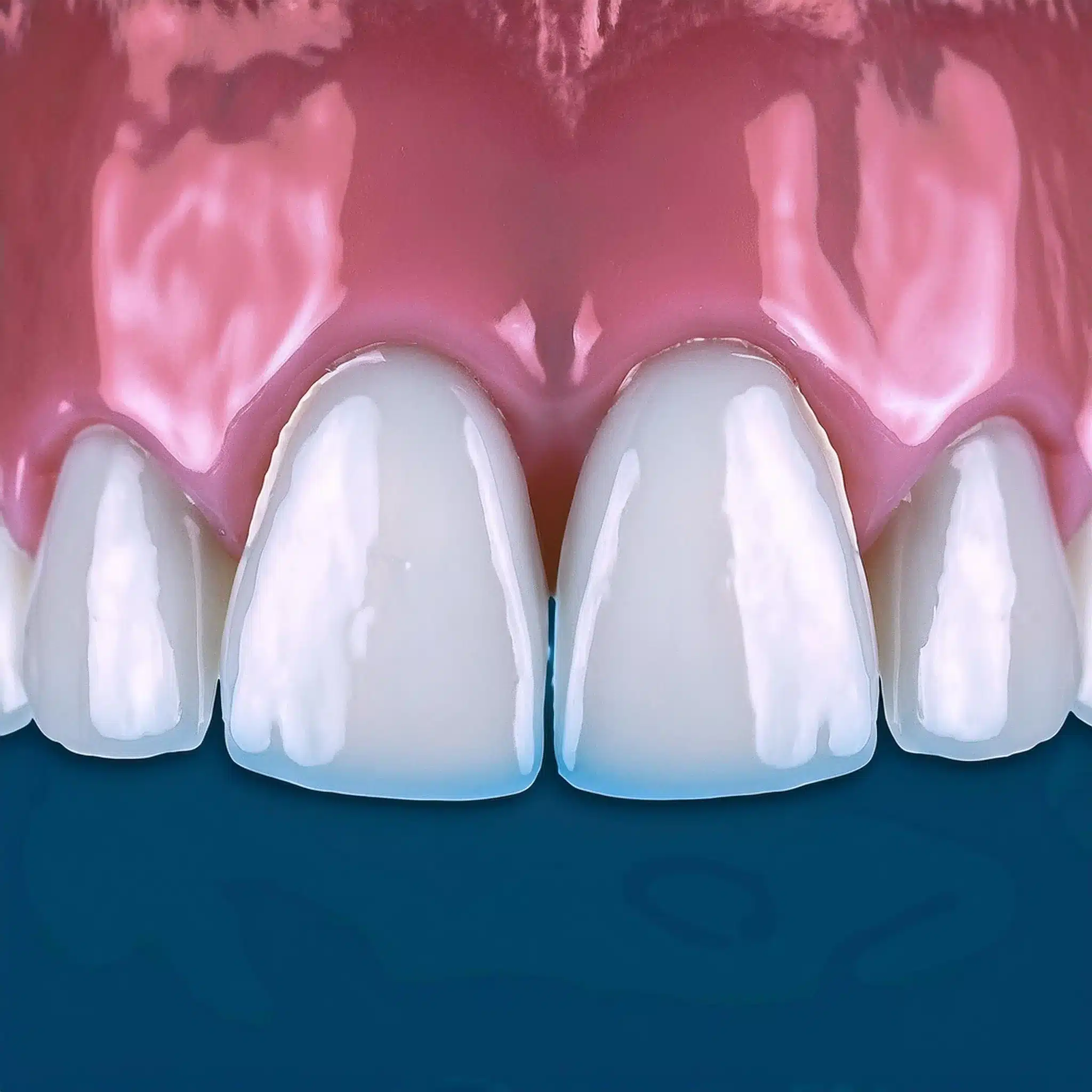
FAQ
Referencat
Esposito M, Grusovin MG, Coulthard P, et al. Ndërhyrjet për zëvendësimin e dhëmbëve që mungojnë: implantet dentare në foletë ekstraktuese të freskëta. Cochrane Database Syst Rev. 2006;(3):CD005968.
Neni: Ndërhyrjet për zëvendësimin e dhëmbëve që mungojnë: implantet dentare në foletë ekstraktuese të freskëtaPanchal M, Khare S, Khamkar P, etj. Implantet dentare: Një përmbledhje e llojeve, analizave të dizajnit, materialeve, metodave të prodhimit të aditivëve dhe fushëveprimit në të ardhmen. J Dent Sci. 2022; 17 (1): 1-10.
Neni: Implantet dentare: Një përmbledhje e llojeve, analizave të dizajnit, materialeve, metodave të prodhimit të aditivëve dhe qëllimit të ardhshëmLindeboom JA, Frenken JW, Dubois L, etj. Implantet e menjëhershme të zbrazëta kundrejt vidave të ngurta të shtuara me transplant kockor në folenë e ekstraktuar të molarëve mandibular hemisektuar: Studim klinik dhe radiografik. J Oral Maxillofac Surg. 2014; 72 (9): 1640-1648.
Neni: Implante të menjëhershme të zbrazëta kundrejt vidave të ngurta të shtuara me transplant kockor në folenë e ekstraktuar të molarëve mandibular hemisektuar: Studim klinik dhe radiografikAlbrektsson T, Zarb G, Worthington P, etj. Efikasiteti afatgjatë i implanteve dentare të përdorura aktualisht: një rishikim dhe kriteret e propozuara të suksesit. Implantet Maxillofac Oral Int J. 1986; 1 (1): 11-25.
Neni: Efikasiteti afatgjatë i implanteve dentare të përdorura aktualisht: një rishikim dhe kriteret e propozuara të suksesitBuser D, Sennerby L, De Bruyn H. Stomatologji moderne implantare e bazuar në osseointegrimin: 50 vjet progres, tendenca aktuale dhe pyetje të hapura. Periodontol 2000. 2017;73(1):7-21.
Neni: Stomatologji implantare moderne e bazuar në osseointegrimin: 50 vjet progres, tendenca aktuale dhe pyetje të hapura

